99 Learning Center results found.

Describamos
El objetivo de "Describamos" es brindar a los educadores y a las familias información y herramientas de audio descripción para hacer que la vida diaria de los estudiantes/niños ciegos o con baja visión sea más accesible. Estas técnicas están basadas en los estándares que se utilizan para incluir audio descripción en el material en video. Este taller ofrece una visión general de los lineamientos de la audio descripción, así como ejercicios prácticos para poder experimentar cómo se realiza la audio descripción.
From about description, spanish, module, blindness

Let's Describe
The goal of "Let's Describe" is to provide educators and families with information and tools on audio description to make daily life more accessible to students/children who are blind or have low vision. The techniques are based on standards for adding audio description to recorded media. This workshop offers an overview of audio description guidelines, as well as hands-on exercises to experience the creation of audio description.
From about description, module, blindness
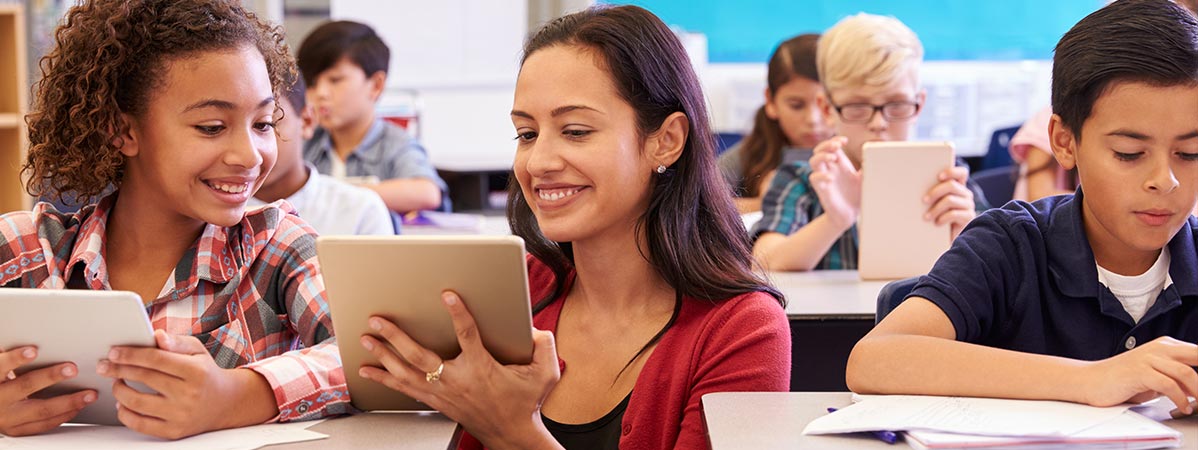
Educational Videos That Are Accessible and Bilingual
DCMP has many videos available in both English and Spanish. These videos are made accessible with high-quality captions and audio description for both languages. One special feature of our video player is the ability to make these videos bilingual. For example, a viewer may choose to play a video with English captions and Spanish audio description, and vice-versa. This may be useful for some students learning a second language, or who are bilingual but more proficient in one language.
From about collaborators, captioning, description, spanish
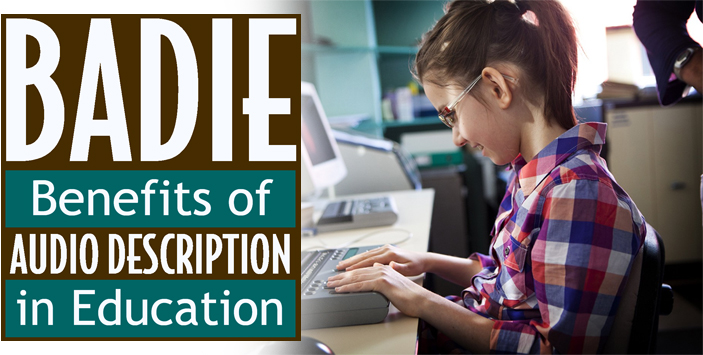
LiL BADIE Contest
“Working on thinking critically about audio descriptions for this program has built Mae’s confidence. She has more to contribute when peers are talking about shows, YouTube, social media, and film, as she can now very clearly articulate access issues and why she likes some shows better or doesn’t know about others that may be very popular. Very cool! Thank you all, again.”
– Katie Lane-Karnas, teacher and mother of Mae Lane-Karnas, 2023 BADIE Grand Prize Winner
From about listening-is-learning, description
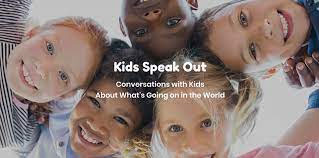
Emmy-Nominated Series "Kids Speak Out" Available at DCMP Through Barbara Harrison Media
DCMP is proud to partner with Barbara Harrison Media to present accessible episodes of the Emmy-nominated series Kids Speak Out to families and educators. Kids Speak Out features young people ages 6-19 from around the world speaking for themselves about the big issues they face, and this partnership will ensure that kids with disabilities are included in the conversation. The series is hosted by Emmy-winning television anchor and journalist Barbara Harrison and executive produced by Celia Straus.
From about content-partners, description

¿Que es la Descripcion?
La descripción es la narración verbal de elementos visuales importantes en medios de comunicación y producciones en vivo. Normalmente se añade durante pausas naturales dentro de los diálogos, la música o el audio de fondo. El objetivo básico de la descripción es brindar acceso a las personas con pérdida visual, a la información contenida en producciones de televisión y de películas, producciones teatrales, librerías y museos.
about dcmp, description, spanish
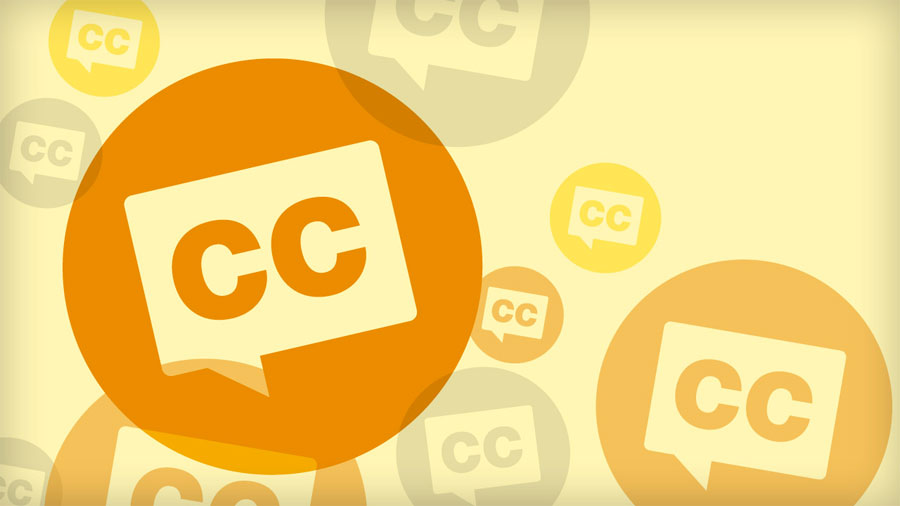
¿Como Hacer Para Que Mis Programas Sean Subtitulados?
La inserción de “caption” o subtítulos ocultos es el proceso por el cual se convierte el contenido de audio de un programa de televisión, un Webcast, una película, un video, CD-ROM, DVD, un evento en vivo y en directo o cualquier otro tipo de producción a texto, y se hace que éste a su vez aparezca en una pantalla o monitor. Dicho texto incluye la identificación de los hablantes, efectos de sonido y descripción de la música. En esencia, el “caption” o subtítulo oculto se basa no solo en lo que se dice, sino también en lo que se comunica. Es decir, no es una mera transcripción de texto.
about dcmp, captioning, description, spanish
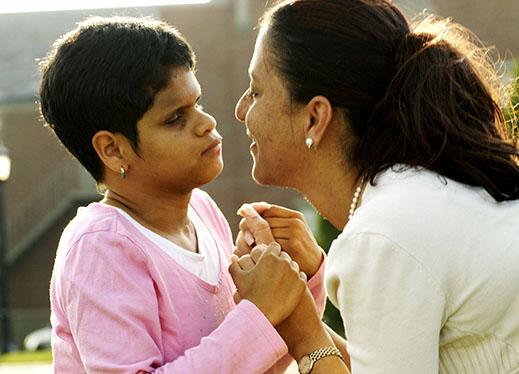
Durante los Silencios
El DCMP brinda a los padres una mejor opcion para ayudar a estudiantes ciegos o con impedimentos visuales a aprender de los componentes visuales contenidos en medios audiovisuales.
about dcmp, description, spanish
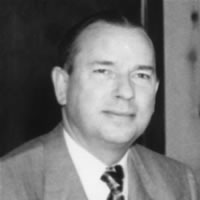
The DCMP at Fifty
Thank you for visiting our special commemorative “Golden Anniversary” section. We hope that you will explore, along with us, the DCMP’s rich history in educational media accessibility. Here you will find a brief but informative article chronicling the program’s history up to 2008, a detailed timeline highlighting the first fifty years of captioning and description, and a list of some of our favorite DCMP history-related articles from our Clearinghouse section.
about history, dcmp, captioning, description
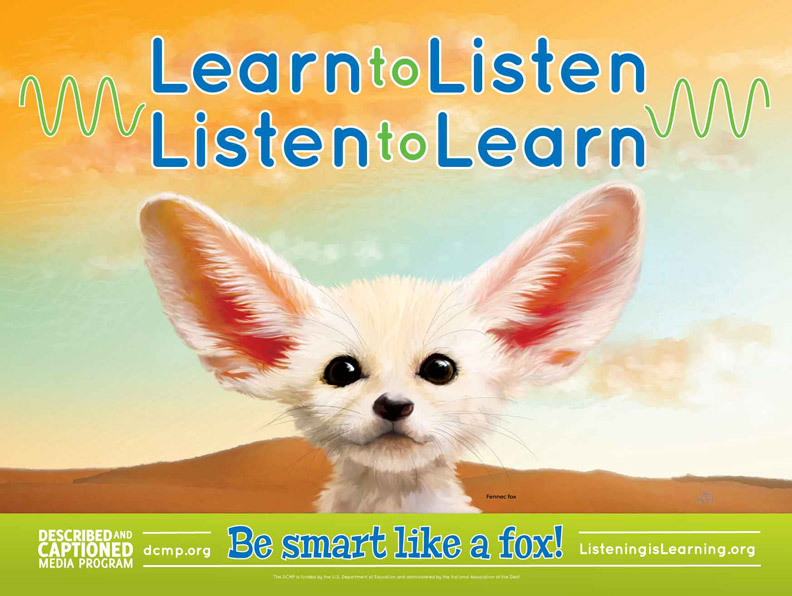
Listening is Learning
Listening is Learning (“LIL” for short) is a year-round effort to raise awareness about the need for quality description—primarily description of video-based educational media—and to develop resources and new applications for description in the educational environment.
about parents, educators, description
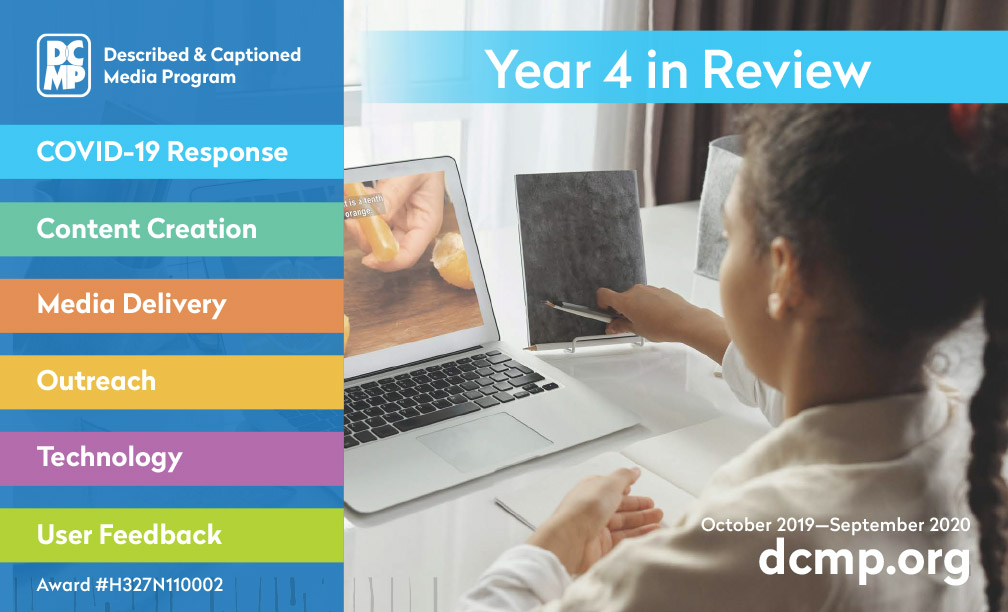
DCMP Year in Review
The Described and Captioned Media Program promotes and provides equal access to communication and learning through described and captioned educational media. We invite you to read our current Year in Review to discover our progress and accomplishments in the areas of COVID-19 Response, Content Creation, Media Delivery, Outreach, Technology, and User Feedback.
From about research, dcmp, captioning, technology, description